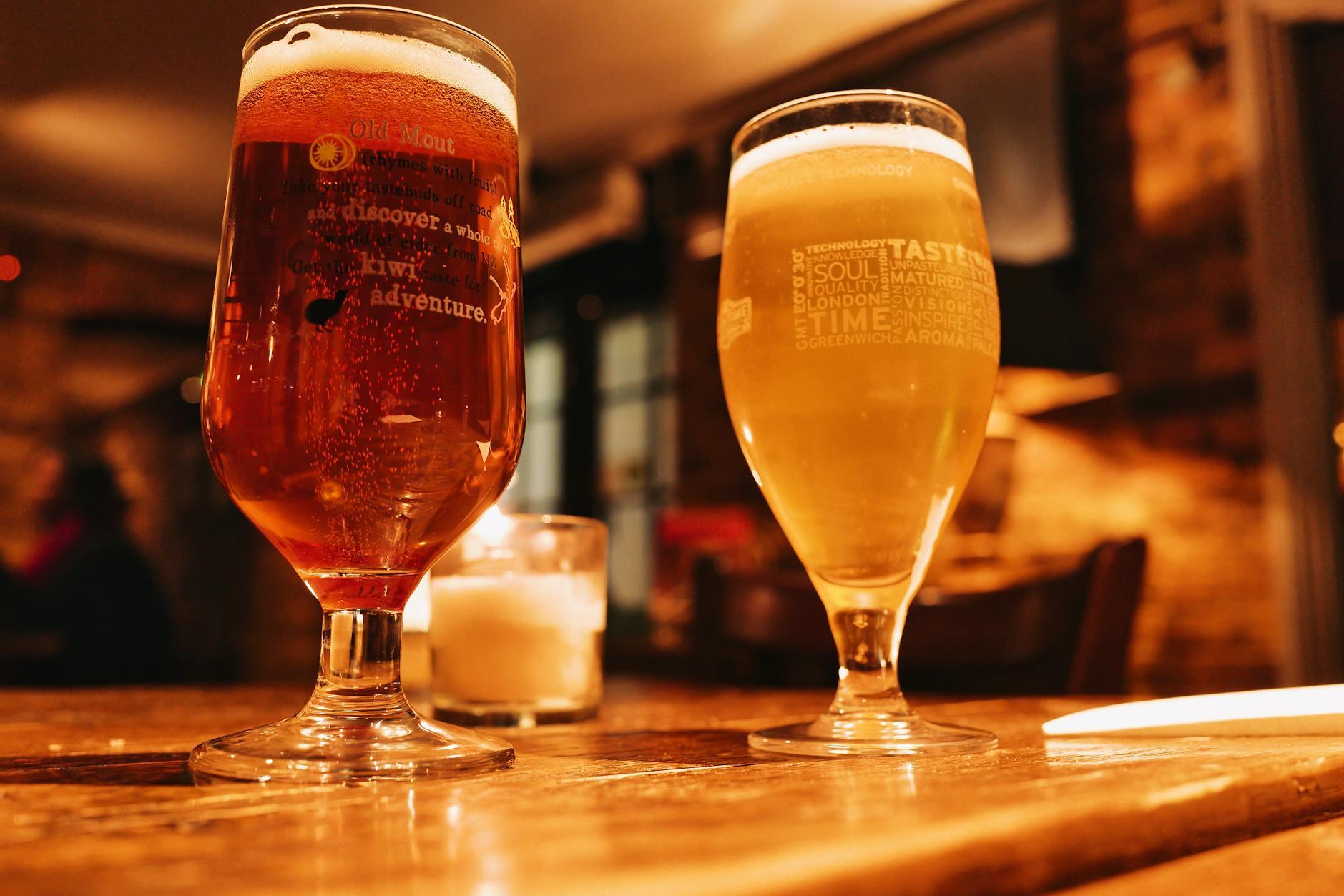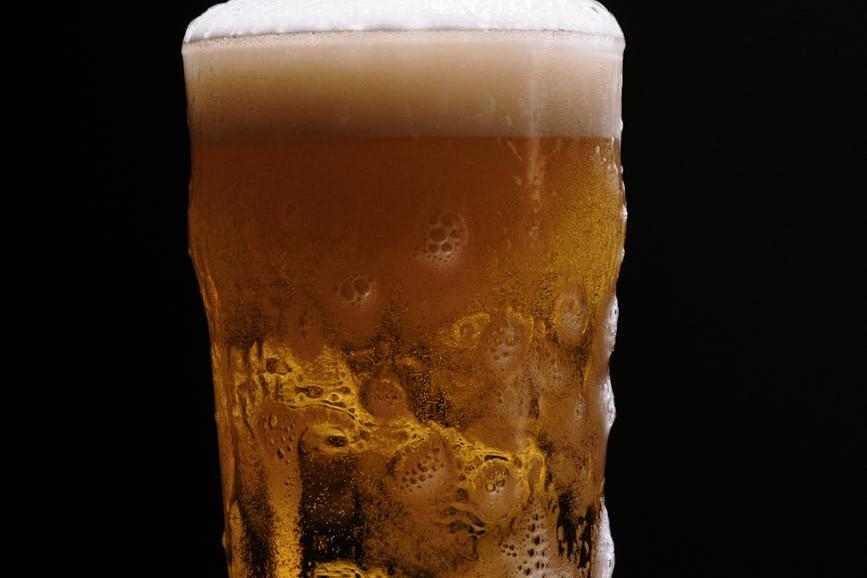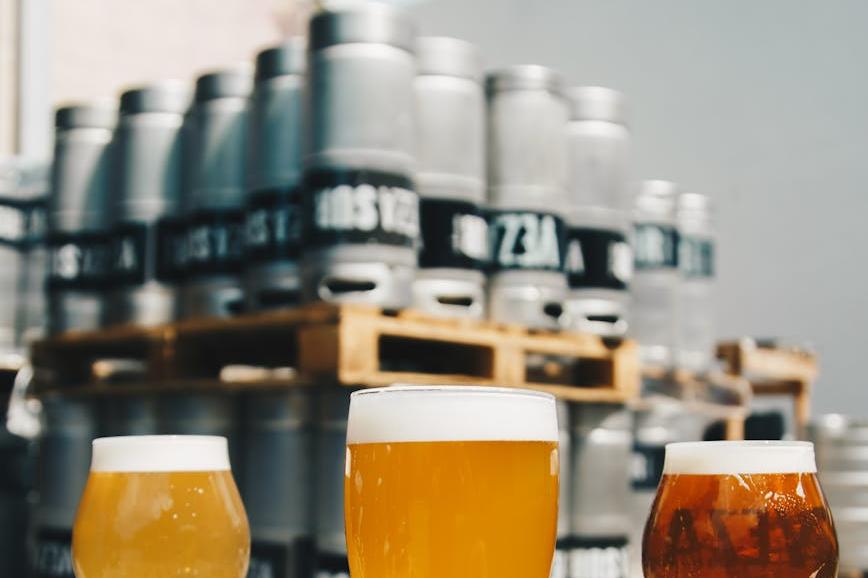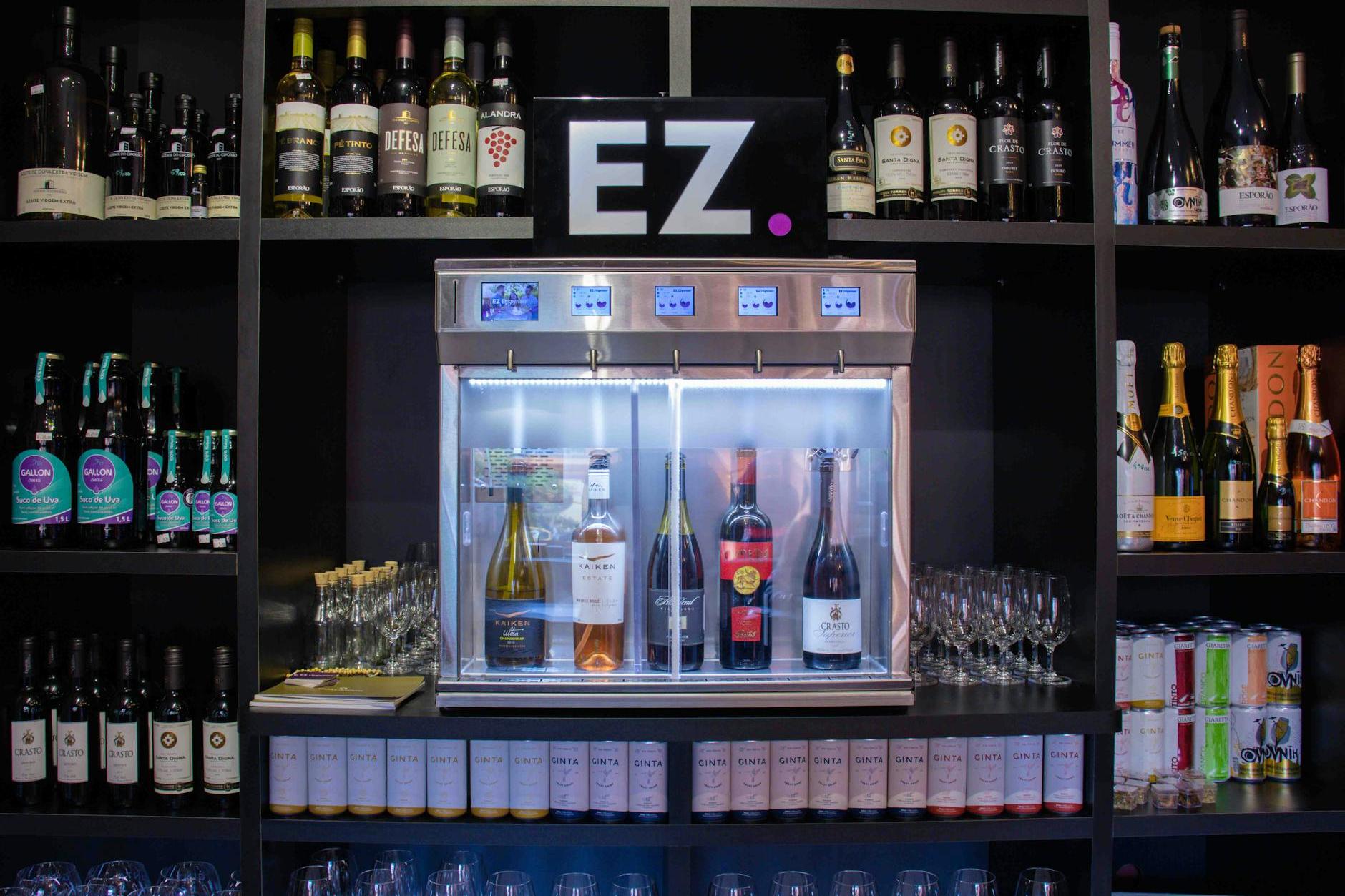- Shanghai Zhongshen International Trade Co., Ltd. - Two decades of trade agency expertise.
- Service Hotline: 139 1787 2118
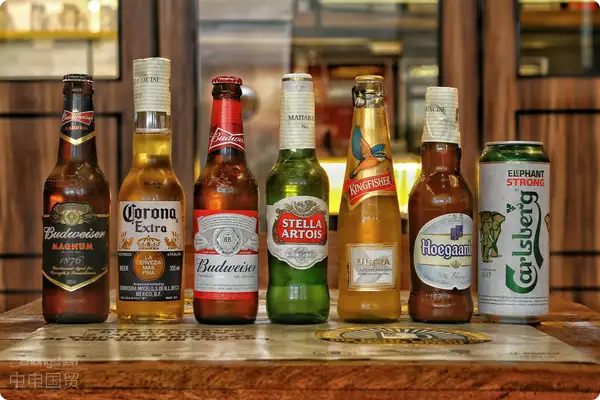
Contents
ToggleWhen Craft Beer Meets Customs: The Fantastic Drift of Stout
Three years ago, I handled a shipment of Belgian Trappist Stout for a client who insisted on keeping the "Trappist" label on the bottle. As a result, the shipment was held at customs for 47 days due to incomplete declaration of religious symbols—each day of delay increased the risk of oxidation in the beer. This experience made me deeply realize:Being a craft beer agent isn't about romance and poetry—it's about meticulous control over every detail..
Sweet Trap One: The "Dual Nature" of Origin Certification
Stout beer'sIt is recommended to verify through the following methods:Books often conceal hidden mysteries:
- The EU A.TR certificate is only applicable to specific tariff preferences, but craft beers mostly adopt autonomous tariff rates.
- The U.S. CBP Form 3229 must be submitted simultaneously with the winery's wastewater discharge permit.
- The certification from the Japan Sake Brewers Association must include an explanation of the malt saccharification process (distinct from regular beer).
Last year, a New Zealand customer was missingManual Brewing Process Description, resulting in the entire container of goods being taxed as industrial beer, causing a sharp 23% increase in costs.
Sweet Trap Two: The "Rubik's Cube" of Tariff Calculation
When using the common 11% VAT + 10% consumption tax as the benchmark, special attention should be paid to:
- When the alcohol content is ≥0.5% and <1.2%, it may trigger classification disputes as soft drinks.
- Classification of the influence of barrel material on barrel-aged stout (oak barrels must be declared separately).
- Limited edition beer's proof of collectible value can be applied for tariff reduction.
Sweet Trap Three: The "Invisible Battlefield" of Label Compliance
We once used professional equipment to detect a certain American stout'sThe actual alcohol content is 0.3% higher than the labeled value.To mitigate the risk of entire batch rejection. Label review should focus on:
- The permissible error range for conversion between Chinese and English nutrition facts tables (≤5%).
- Does the allergen labeling include barley products?
- Labeling method of shelf life (production date + shelf life vs. expiration date)
Sweet Trap No. 4: The "Flavor Killer" During Transportation
Stout beer is extremely sensitive to transportation conditions:
- Temperature fluctuations must be controlled within ±2℃ (±5℃ for regular beer).
- Light-proof containers require an additional shockproof layer.
- Maritime TransportationAvoid high-temperature waters near the equator when necessary.
The 2025 revised "Agreement on the Transport of Perishable Goods" requires that craft beer must be transported usingDual Temperature RecorderThis is often overlooked.
Sweet Trap Five: The "Cognitive Gap" of Cultural Differences
A German winery insisted on using Gothic script on its wine labels, only to be mistaken for a hazardous material symbol. Cultural adaptation requires attention to detail:
- Religious symbols must be registered in advance (e.g., monastery crosses).
- Portraits of historical figures require authorization documents.
- Special brewing terminology requires official certified translation.
Pro tips from seasoned customs clearance veterans
It is recommended to establishTrinity risk control mechanism:
- Preliminary review stage: Obtain the original production records from the distillery.
- Before shipment: Conduct a simulated customs clearance test.
- Upon arrival at the port: Prepare two sets of declaration plans, Plan A and Plan B.
I remember one time when we prepared in advanceMalt Roasting Degree Curve Graph, successfully resolved the classification dispute, saving the client 117,000 yuan in late declaration fees.
Craft beer distribution is much like savoring a stout itself—the first sip reveals the richness of chocolate, while a deeper taste uncovers the bitterness of coffee. As you prepare to embark on this flavor journey, don’t forget that the customs tariff book is your tasting notes—every line of annotation could alter the fate of an entire shipment.
Related Recommendations
Category case
Get in Touch
Email: service@sh-zhongshen.com
Related Recommendations
Contact via WeChat

? 2025. All Rights Reserved. Shanghai ICP No. 2023007705-2  PSB Record: Shanghai No.31011502009912
PSB Record: Shanghai No.31011502009912
